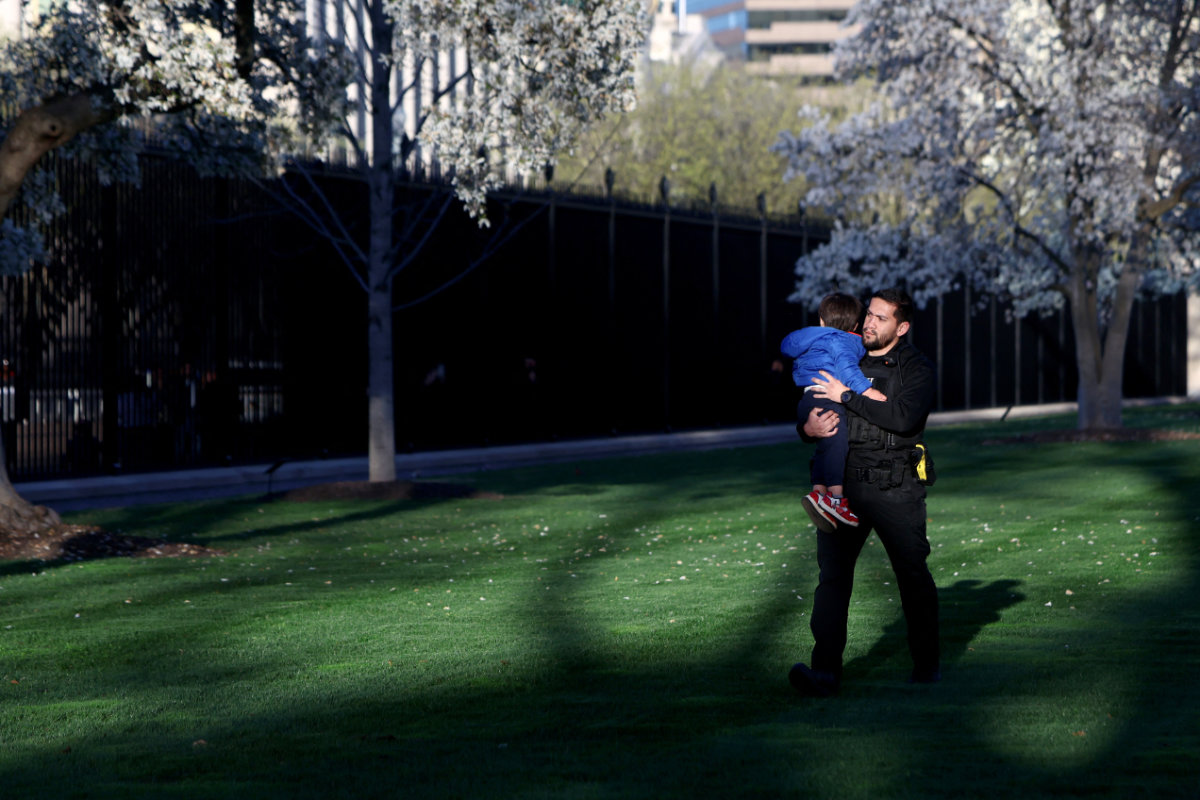Making AI an ally in a fast changing workplace

https://arab.news/5bbbb
For decades, software was centered around data. Initially, this meant digitizing mountains of paper records, storing them in databases, and retrieving them more efficiently. Tasks that once required sifting through file cabinets, mainframes, or early enterprise systems were then streamlined by technology.
Still, the bulk of real work — whether in a travel agency, a human resources department, or a hospital — continued to be handled by humans. These early digital tools functioned as advanced filing cabinets, saving space and time, but still relied on people to interpret and act on the data they contained.
Then came the cloud era. Large servers maintained offsite replaced the need for clunky hardware in office basements, making information more accessible and less expensive to manage. Yet, this convenience did not dramatically reduce the need for human labor. Even with cloud-based software, professionals continued to handle everything from customer support queries to accounts receivable.
The digital platforms served mainly as centralized repositories; employees were still opening emails, typing responses, making phone calls, and moving information from one system to another. In short, software stored data more efficiently, but it did not fundamentally alter the fact that people were doing the heavy lifting of day-to-day operations.
That is changing. The wave we are witnessing now goes beyond merely adding features or improving convenience. Artificial intelligence is evolving from a tool that primarily organizes and processes data into one that performs tasks traditionally handled by people.
Just a few years ago, the idea of an AI system managing legal paperwork, responding to support emails, tracking payment schedules, or scheduling appointments in multiple languages might have sounded far-fetched. Yet, these capabilities already exist in prototype or limited-release forms, and many organizations find them particularly appealing because AI effectively fills labor gaps.
The difference this time is both economic and practical on a large scale. In the past, software accounted for only a small percentage of most companies’ budgets — a helpful tool to boost employee productivity. Meanwhile, labor costs, benefits, and training far outweighed expenses for databases or office software. When an organization grew, it needed to hire more staff to handle the increased workload.
AI is changing the equation. Instead of only one person answering a number of calls or emails daily, AI can operate around the clock at a fraction of the cost. This shift makes previously unthinkable applications of software not only possible but highly appealing from a business perspective.
This is especially evident in customer support and communication roles. Early chatbots were often clumsy and had frustrating interfaces, only handling the simplest queries. In contrast, new-generation models — trained on massive datasets — can now generate coherent, context-aware responses in real-time.
Instead of functioning as bare-bones frequently-asked-questions systems, these AI agents can learn the nuances of a company’s product line, reference past customer interactions, and adapt their tone to suit different audiences. In many cases, they handle the bulk of mundane interactions independently. Humans now step in only for exceptions or complex issues, effectively becoming “managers” of AI rather than the frontline agents.
The real opportunity lies in combining AI’s labor capabilities with human empathy and insight.
Mohammed A. Al-Qarni
This shift from data to labor extends well beyond customer service. In healthcare, AI can process standard patient forms, allowing nurses and administrative staff to focus more on bedside care. In finance, AI can chase overdue invoices, notify individuals who fall behind on payments, and even negotiate payment plans. In compliance, AI-driven systems can flag suspicious transactions and prepare preliminary reports for human review. In countless other fields, such as insurance underwriting, market research, and creative brainstorming, AI is taking on core responsibilities that were once handled by entire teams.
Naturally, this raises significant questions about employment and skills. If software replaces much of operational work, what happens to those roles?
The history of technological change shows that while some jobs are lost, new opportunities often emerge in areas where technology falls short. When software digitized record-keeping, it didn’t eliminate HR departments; instead, it made them leaner and shifted staff responsibilities from managing paper forms to more strategic, human-centered tasks.
AI promises a similar reallocation. Tasks requiring complex problem-solving, genuine empathy, relationship-building, or physical presence and advanced judgment will remain within human expertise. However, it would be naive to assume this transition will be painless or that new roles will naturally appear for everyone. Success will require active planning, reskilling, and a willingness to redefine roles within organizations.
What sets this wave apart — and makes it potentially more disruptive — is the sheer depth and range of tasks AI can now perform. It is no longer confined to predictable, mechanical processes.
Modern AI systems can analyze nuanced language, generate personalized content, and adapt to new information in real time. This makes them more than just a time-saving device; they become the backbone of operations where speed, consistency, and scale are paramount. Such capability compels organizations to weigh whether to pay people for tasks that AI can handle faster and at lower cost.
At the same time, it is crucial to remember that humans possess inventive, relational, and interpretive qualities that AI cannot replicate. No model — however advanced — can fully capture the warmth of genuine human interaction or the creativity born from lived experience and social context. The real opportunity lies in combining AI’s labor capabilities with human empathy and insight. Freed from repetitive duties, employees can dedicate more energy to strategic thinking, customer relationships, and, ultimately, innovation.
Software was once focused solely on managing data, not on performing the labor behind it. AI has changed that. Tasks once handled by staff, from administrative duties to client follow-ups, can now be managed by intelligent systems at scale. Companies that embrace this shift thoughtfully and responsibly are likely to outpace those that hold onto legacy models. This is not just another upgrade or a feature set; this is a fundamental rethinking of how work itself is accomplished.
Embracing this transition requires building the right frameworks, safeguards, and strategies to make AI an ally, not a threat — transforming what was once a tool for data into a powerful partner in getting things done.
• Mohammed A. Al-Qarni is an academic and consultant on AI for business.
































